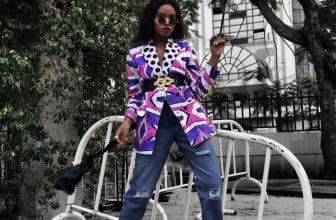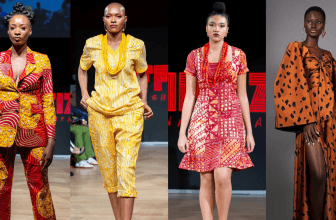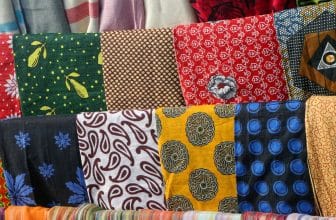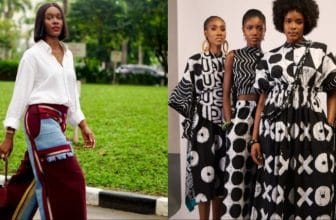The Artisans Behind Ankara — Stories from Africa’s Textile Markets
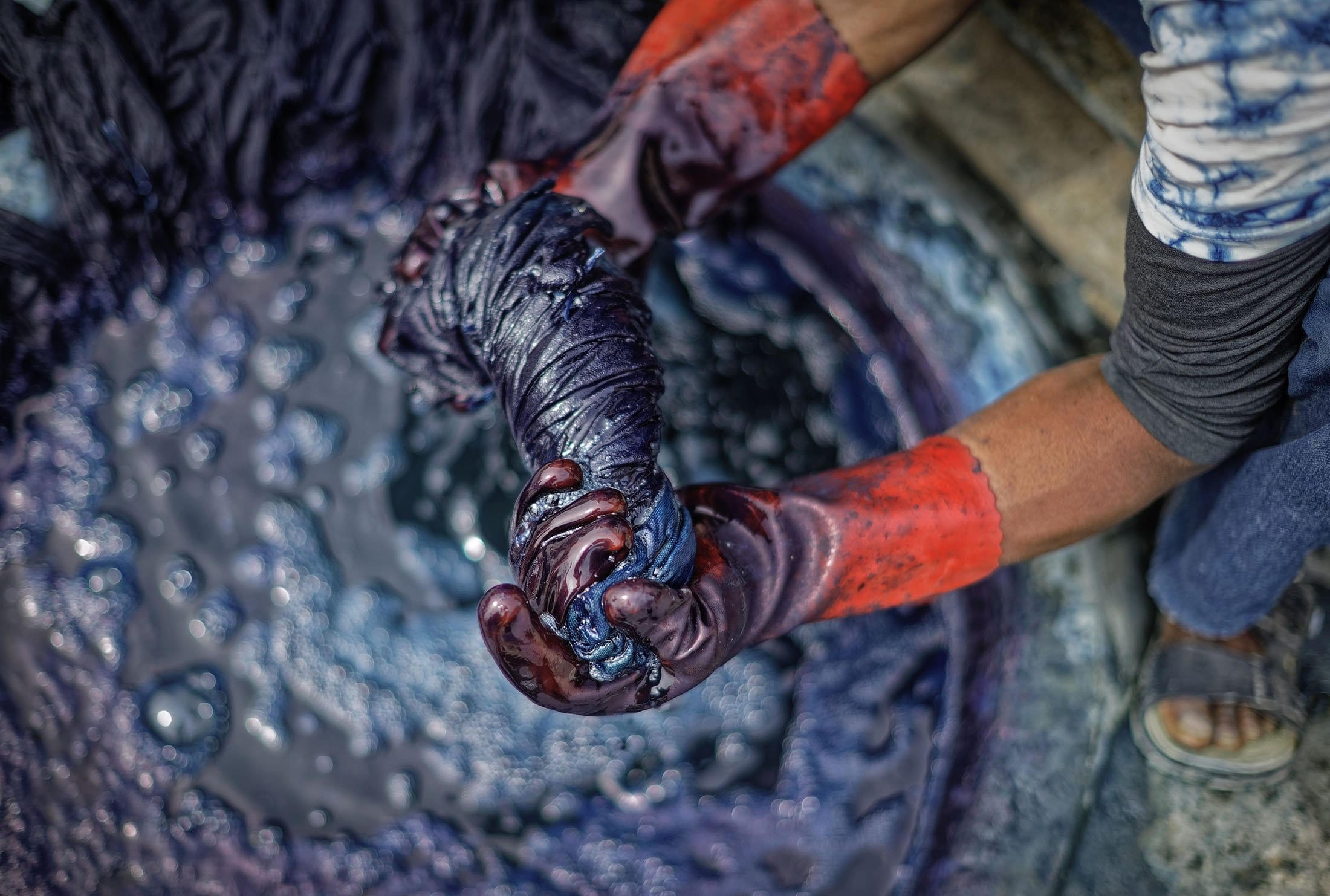
Introduction
Before Ankara dazzled the world’s runways, it lived in the hands of artisans — skilled men and women across Africa whose creativity keeps the fabric alive.
From the busy markets of Aba, Lagos, and Accra, to the dyeing pits of Kano, these artisans don’t just make fabrics — they preserve culture.
Every print, every thread, every color tells a story.
1. The Living Heart of African Fashion
Walk through any African textile market, and you’ll feel it — the rhythm of trade, laughter, bargaining, and creativity.
Artisans here don’t work with machines alone; they work with memory and meaning.
Each design carries the spirit of their ancestors, blending old techniques with modern inspiration.
To them, Ankara isn’t just business — it’s heritage in motion.
2. Dye Masters of Kano
In Northern Nigeria, dye masters work with indigo pits — some dating back over 500 years.
They hand-dye fabrics using natural colors extracted from plants, preserving techniques passed down through generations.
Their craft transforms plain cotton into art — fabric that breathes history, purpose, and pride.
3. Aba: The Engine of African Fabric Production
Aba’s artisans are innovators.
They’ve learned to mix traditional wax prints with modern printing methods, creating unique hybrid Ankara designs that are now exported worldwide.
Aba is proof that African creativity is unstoppable — it reinvents itself daily.
Behind every bold print sold abroad is an Aba artisan whose hands tell the untold story of perseverance.
4. Lagos Markets: Where Fashion Begins
Balogun Market in Lagos is the heartbeat of African fabric trade.
Every day, thousands of tailors, designers, and traders gather here — exchanging ideas, fabrics, and dreams.
It’s where trends begin, where inspiration flows, and where the future of Ankara is shaped.
What you see on the runway in Paris or Milan often started in these vibrant Lagos stalls.
5. Why We Must Protect These Artisans
The rise of machine-made fabrics threatens local artisans.
But preserving their craft isn’t nostalgia — it’s cultural survival.
Each artisan represents an unbroken link between Africa’s past and its global future.
Supporting them means preserving our collective identity.
When you buy authentic Ankara, you’re not just buying fabric — you’re buying a story, a legacy, a heartbeat.
Conclusion
The beauty of Ankara lies not in the pattern alone, but in the hands that create it.
These artisans are the soul of African fashion — quiet, skilled, and endlessly creative.
Their work reminds us that culture isn’t made in factories; it’s woven by people.
The world wears Ankara.
But Africa creates it.



